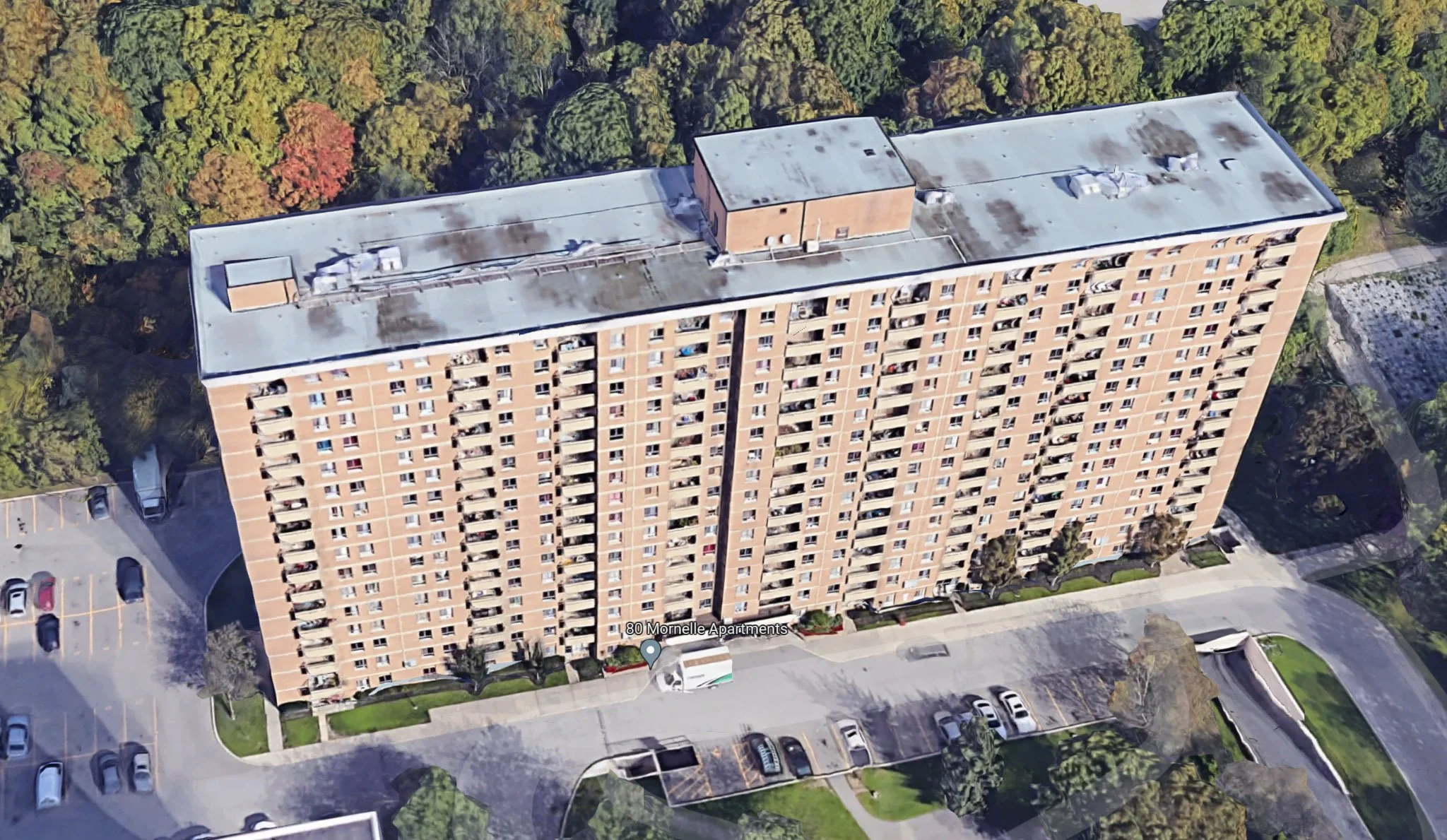80 Mornelle Case Study
Objective
Decrease water expense in 265 unit building through (A) efficiency / conservation measures and (B) minimizing water loss due to leaks.
Water Control Management conservation work initiated Wednesday February 16th and completed Friday February 24th.
Key Activities
Showerhead and Aerator Replacements to lower efficiency fixtures
Replace faulty Fill Valves on Toilets
Replace Flush Seals on Toilets
Install flow valve sensors on toilet supply lines (Guard Dog Valve )
Next Steps: Deficiency Reporting is pending to cite follow up repair items (taps and tub diverters).
Key Metrics observed and achieved
Day 1 Consumption was 246 m3 February 16th, 2022
Baseline for Shared Savings Contract with WCM is 222.6 m3 or 0.84 m3 / unit / day
Sample period included four weekend days and Family Day Holiday
February 26th (Saturday) was 165 m3 / February 27th (Sunday) was 157 m3
Current daily usage approx 160 m3 or 0.60 m3 / unit / day
Savings to baseline range from 24% to 32%. Assuming 25%, gross annual savings are $86,000 assuming effective rate (2022) of $4.26 m3
Daily consumption Feb 16th - Feb 27th
Data Source: City of Toronto
Overnight Consumption = Water loss generally attributable contained leaks
Overnight flow rate dropped from 6 m3 / hr to < 2 m3 / hr
Usage profile denoting substantially lower flow rate during overnight hours (leaks) and reduction of overall volume during peak periods (conservation)
Key highlights
Cold water measured from domestic bath lines has dropped by more than 50%.
Starting point was 132K L / day and has dropped to 61K L / day.
Total Reduction 81K CW Reduction 65K or 80% of total coming from bathroom.
Conclusions
In suite work generated a substantial amount of savings (25 - 30%) with addressing toilet leaks contributing the greatest amount to the reduction.
Pre installation work of monitoring the cold water risers enabled us to target problem lines and increased the focus and results of our insuite work.
Ongoing CW monitoring will play a key role in maintaining these savings over the long term.
View the Case Study within this PDF file.




